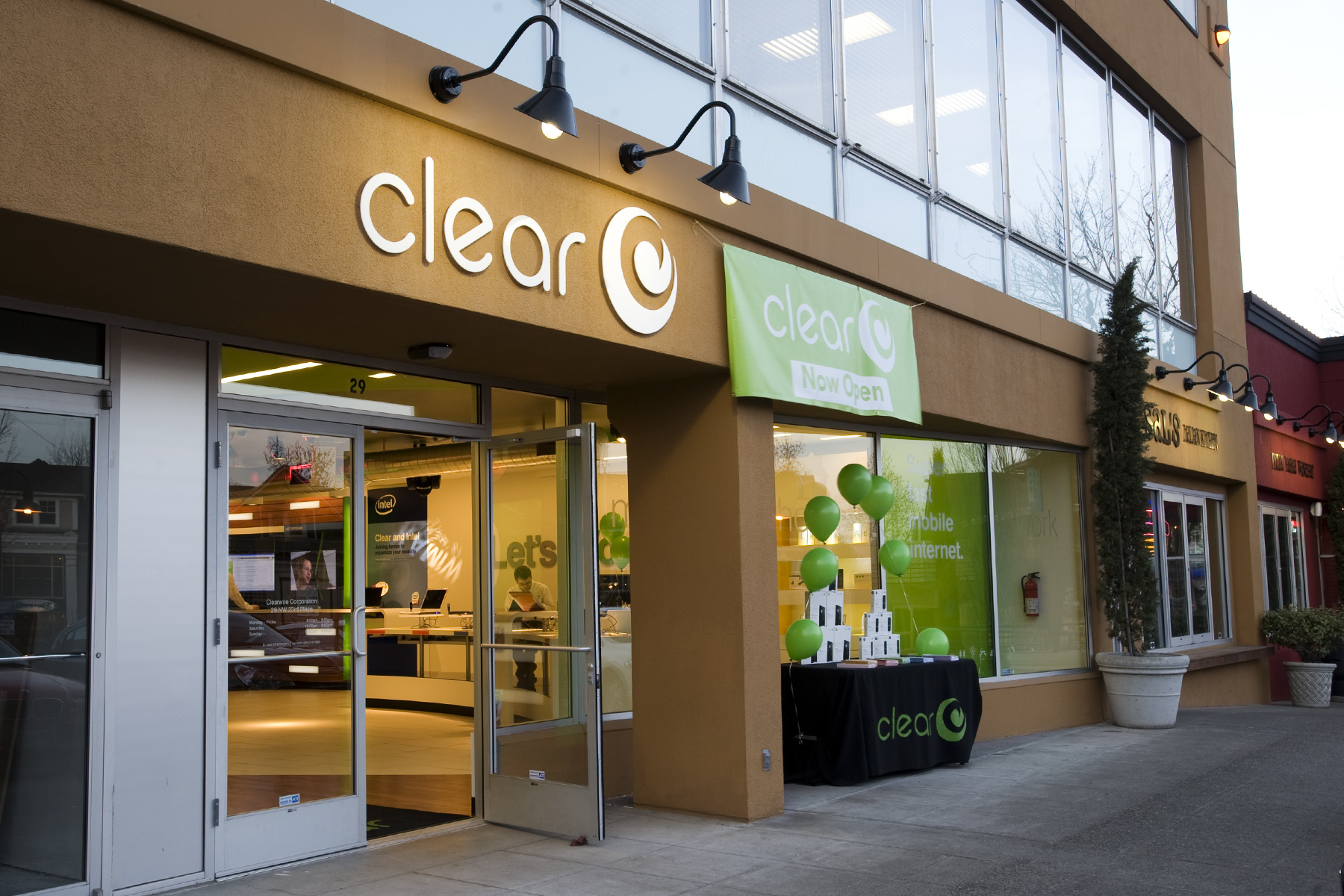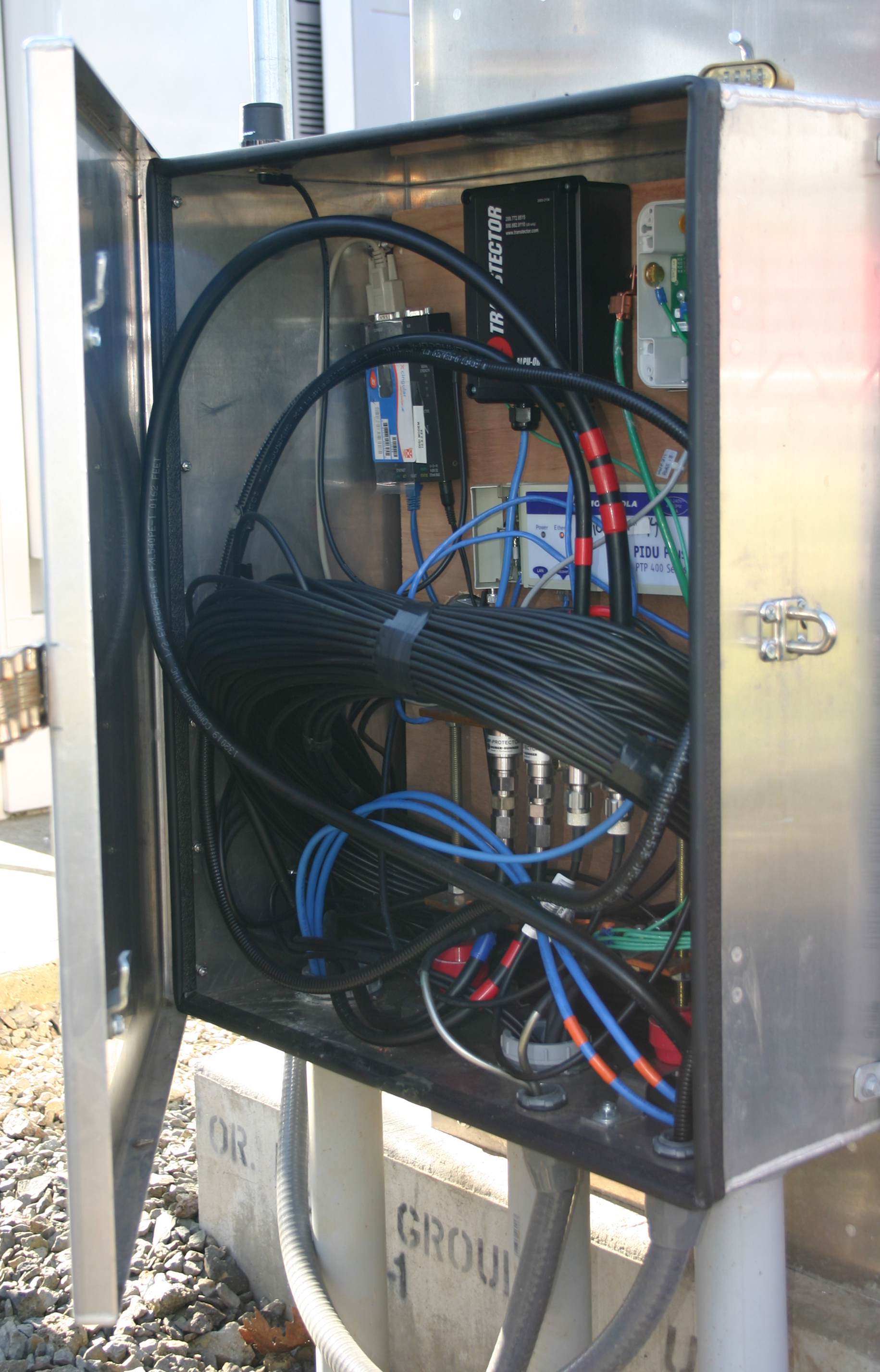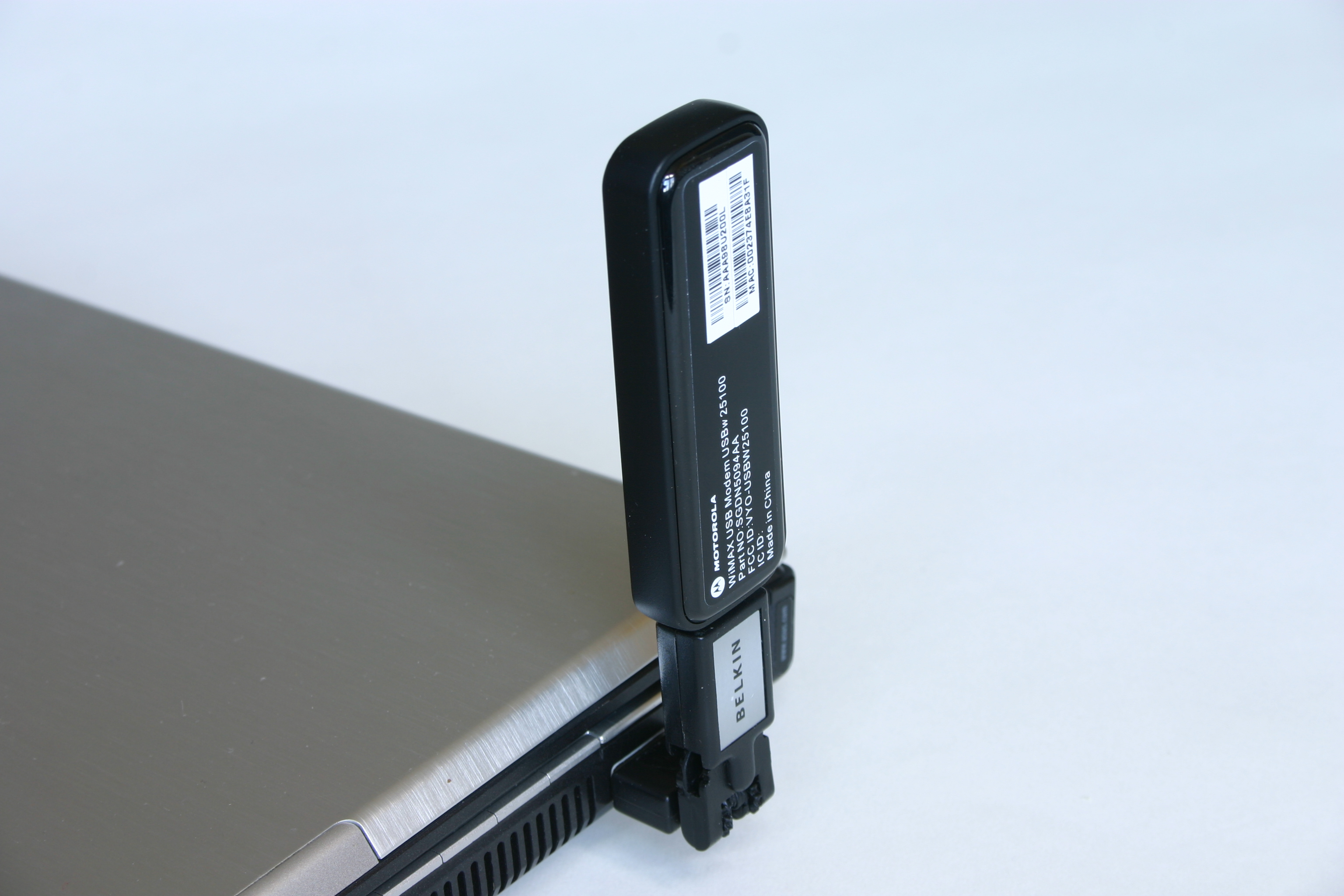Where's WiMAX? THG Gets The Story From Clearwire
Working Out The Kinks
TH: Deploying a new network throughout a major city has to be difficult. Tell us about the process.
JS: The good news is that most of the network areas in the US have been overbuilt several times by other carriers. We refer to things as “aerial assets”—building tops, traditional cell towers, utility poles, things of that nature. We kind of ride the tide of others before us who have broken ground in these cities. We still have some hurdles, but it’s nowhere like it was in the late ‘80s and early ‘90s with the large PCS build. Clearwire predominantly co-locates rather than erects or develops its own towers, steel or otherwise. Also, we have very low power consumption. We’re a greener technology in the sense that we do have a smaller carbon footprint in the amount of electricity that we consume compared to a traditional cell site—about 1/3 of the electricity of a traditional cell site.
TH: I’ve tried Clearwire in Portland, and when it works, it rocks. But I found a lot of dead spots in places I wouldn’t have expected, including my mother-in-law’s apartment complex about one mile from a Clearwire tower. Should subscribers try before they buy?
JS: If it wasn’t working for your mother-in-law, we would certainly stand behind trying to make it right. I’ll speak a little more globally here. Folks who go to sign up for service provide their address, and we do predictive modeling of whether or not we serve that area today. If we don’t serve that area well, we’ll try to set the appropriate expectation for you that says, yes, we are in the area, but we’re not “there yet,” so you might want to wait until our deployment is complete. Or if we are in the area, then we’ll say here’s your service level.
It’s a model, it’s not perfect. We fine-tune it as we go along. So in areas like Portland, we’re continuing to build out, not only with what we call the initial footprint but with also the customer feedback footprint. We had several hundred trial users in Portland, predominately Intel employees, before we launched. So based upon their experiences, where they used it, where they went, and things of that nature, we made shifts to the design and added in sites based on learning popular destinations and how people commute. We’re continuing to see those.
TH: So it’s not like if my mother-in-law calls, you’re going to climb a pole and bolt on a bunch of equipment for her, but if you get 10 people from the same area calling, then maybe you’ll consider it.
JS: Exactly. Or perhaps it would work better if she had a residential unit [Clearwire’s desktop adapter] for now and then moved to a dongle device later.
Get Tom's Hardware's best news and in-depth reviews, straight to your inbox.
TH: Maybe this is just me, but my residential unit doesn’t pull in any better signal than my USB dongle.
JS: They’re not too dissimilar. But what we find is there’s often a side of the house that might be better served. So we’ll provide a residential device and one of our Clear [powerline] plugs that allows remoting of the Ethernet. For some folks, that works well. But certainly we keep track of that so we can look to further improve the area. If we’re expecting a better signal, we may actually climb the tower if we’re not getting the expected performance as it sits. We want to understand that because we’re learning about the technology and want to make sure it delivers to its fullest potential.
Current page: Working Out The Kinks
Prev Page The Early Days Of WiMAX Next Page WiMAX Moving Forward-
fwaynedavis Rural is a tough market, but Clearwire does a good job of pushing tech out early in small markets, I know from experience. In most cases they are the only game in town. But Wimax will be very slow to come to rural unless prices drop, this stuff costs a fortune.Reply -
brandnewx In Cambodia, the wireless network standards are already WiMax and 3G. In fact, I'm using both technologies in my home office for two years now.Reply -
AncientToaster My family lives in Portland, and we got Clear when it rolled out at the introductory price of $25/month. It rocks--much faster then 3G, and much, much cheaper then traditional broadband. In our area the only broadband available besides Clear and 3G is cable, at twice the price.Reply -
hellwig Doesn't handling VOIP traffic separately make it a telephone network subject to the same rules and regulations as a traditional telephone provider? Isn't Comcast getting in trouble for providing a special network for their cable phone service?Reply
I can't believe I've been hearing so much about WiMax (which devices support it, complaint when some devices don't support it), when it only exists in two U.S. markets. It's bad enough that 3G coverage is so spotty, like we need another, even sparser service. -
scryer_360 Thanks to Toms for the interview, we consumers now know more.Reply
But I wonder: why didn't you talk to him about the differences between WiMax and LTE? Both are all packet designed apps, but LTE is (apparently) the future of US data communications, according to some. I'd like to see Clearwire's vision of high speed wireless data being the best, but I can't without some input on their choice to do WiMax over LTE. -
nachowarrior South Carolina was supposed to go statewide, but it's biggest cable broadband server allegedly paid them off, oh, and was also somehow allowed to operate in one of it's biggest cities for two years illegally, without a lisence, and owe 2 million to the state before anything came up.... and this came up about the same time the state wanted to roll out statewide free coverage... hmmmm... I WONDER WHAT HAPPENED??? anyway, just another disappointment thanks to politics and money lubing the gears.Reply -
strider209 I had clearwire when I lived in the outskirts of Tracy, CA. My only other choices were dial-up or satellite. Both were of course slower than clearwire. The ability to be portable was nice, but I never used it. My best speeds were around 3Mbps but there was quite a bit of latency. For me, clearwire was my best option and decently priced, but if it was available I would prefer DSL or cable.Reply


